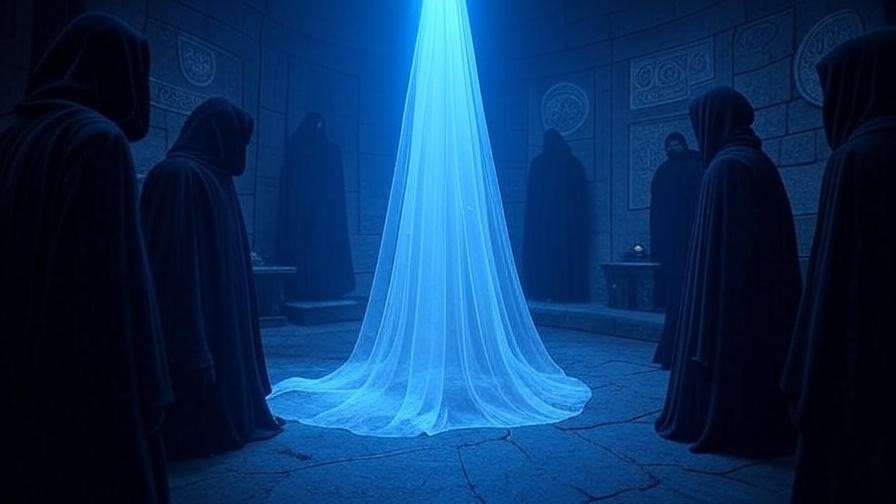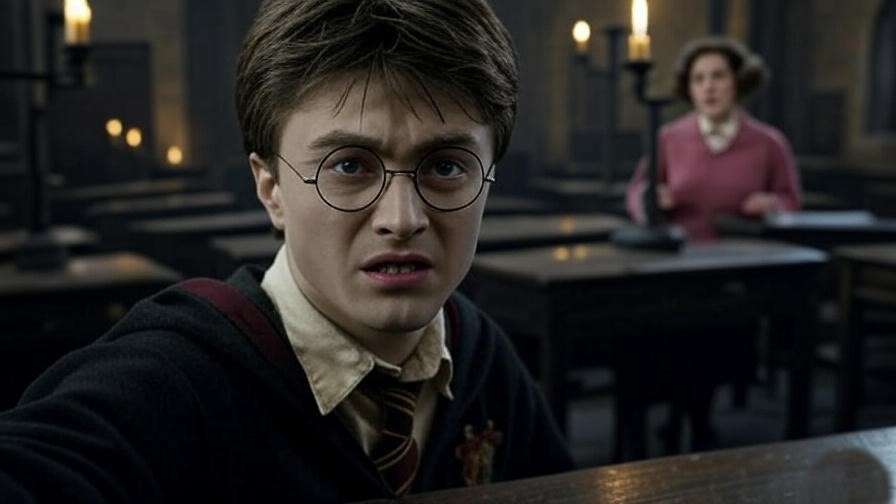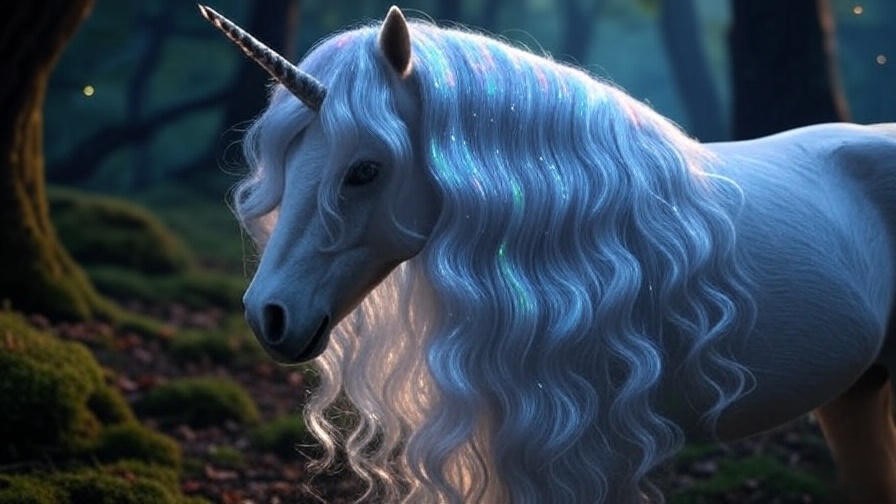Imagine Harry Potter, alone in Privet Drive, his scar burning, the wizarding world in denial about Voldemort’s return. The frustration, the isolation, the weight of being unheard—it’s a scene that sets the stage for Harry Potter and the Order of the Phoenix, often labeled the worst Harry Potter book by fans. But why does this 870-page epic, pivotal to J.K. Rowling’s series, spark such debate? For many, it’s the slow pacing, Harry’s relentless angst, and the infuriating presence of Dolores Umbridge that drag it down. Yet, others find its political depth and emotional stakes compelling. As a lifelong Harry Potter enthusiast and literature analyst, I’ve delved into fan discussions, critical reviews, and Rowling’s own reflections to unpack why Order of the Phoenix divides readers. This article explores its flaws, defends its strengths, and offers tips to appreciate this polarizing chapter in the wizarding saga.
Understanding the Context of Harry Potter and the Order of the Phoenix
A Pivotal Moment in the Series
Harry Potter and the Order of the Phoenix, published in 2003, marks a turning point in the seven-book series. As the fifth installment, it bridges the lighter, adventure-driven tone of Sorcerer’s Stone and Chamber of Secrets with the darker, more complex narratives of Half-Blood Prince and Deathly Hallows. The story picks up after Voldemort’s return in Goblet of Fire, with Harry grappling with trauma, the Ministry of Magic denying the Dark Lord’s resurgence, and the formation of Dumbledore’s Army to prepare for the coming war. This transitional role makes Order of the Phoenix essential, setting up critical plot points like the prophecy and Sirius Black’s fate. Yet, its ambitious scope—tackling political intrigue, teenage rebellion, and societal denial—creates high expectations that some argue it fails to meet.
Initial Reception and Fan Sentiment
When Order of the Phoenix hit shelves, critics praised its depth but raised eyebrows at its length. The New York Times (2003) called it “richly textured” but noted its “sprawling” narrative. Fans, however, were more divided. On platforms like Goodreads and Reddit’s r/harrypotter, Order of the Phoenix often ranks as the least favorite in polls, with scores averaging around 4.0/5 compared to Prisoner of Azkaban’s 4.6/5. A 2022 Reddit thread saw users lamenting its “slog” of a middle section, though some defended its emotional weight. Dr. Beatrice Groves, a Rowling scholar, argues in her book Literary Allusion in Harry Potter that the book’s complexity is both its strength and its Achilles’ heel, alienating casual readers while rewarding dedicated fans.
Why Fans Call It the Worst Harry Potter Book
Pacing and Length Issues
At 870 pages (US edition), Order of the Phoenix is the longest Harry Potter book, a fact that shapes its reputation. The extended length, while ambitious, often feels bloated. Early chapters linger on Harry’s summer at Privet Drive, with repetitive scenes of his isolation and frustration. The Ministry of Magic hearings and Umbridge’s detentions drag on, testing reader patience. For example, the sequence where Harry cleans out Grimmauld Place feels like a narrative stall, with little plot advancement. Compare this to Prisoner of Azkaban’s brisk 435 pages, where every chapter propels the story.

Tip: If the pacing feels sluggish, try skimming descriptive passages in chapters 1–10 to focus on key dialogues.
Harry’s Emotional Turmoil
Harry’s fifth year is defined by anger and angst, a stark departure from his earlier heroism. At 15, he’s grappling with PTSD from Cedric’s death and Voldemort’s return, lashing out at Ron, Hermione, and even Dumbledore. Some fans find this realistic—adolescent psychologist Dr. John Duffy notes that Harry’s mood swings mirror typical teenage responses to trauma. Others, however, find his shouting matches (e.g., “I’M NOT WEAK!” in Chapter 4) grating and repetitive. Compared to Katniss Everdeen in The Hunger Games, whose anger feels more directed, Harry’s outbursts can seem aimless, alienating readers who prefer his earlier optimism.
The Frustrating Presence of Dolores Umbridge
Dolores Umbridge, the toad-like Ministry official, is a masterclass in creating a loathsome antagonist. Her bureaucratic cruelty—banning magic at Hogwarts, enforcing blood quills—makes her more hated than Voldemort for many fans. A 2021 X poll by @PotterFanatic called her “the most infuriating character in fiction,” with 78% agreeing. Yet, her dominance overshadows other plotlines, like the Order’s covert operations or Harry’s mentorship with Sirius. Unlike Snape, whose complexity unfolds over time, Umbridge remains one-dimensional, her pink-clad malice unrelenting. This lack of depth frustrates readers craving nuanced villains.
Underdeveloped Subplots and Characters
Order of the Phoenix introduces compelling subplots but often leaves them hanging. The Order of the Phoenix itself feels opaque—readers learn little about its operations beyond secretive meetings. Harry’s romance with Cho Chang fizzles without emotional payoff, reduced to awkward misunderstandings. Sirius Black, a fan favorite, is underutilized, confined to Grimmauld Place with minimal impact until his tragic end. A Goodreads reviewer noted, “Cho’s arc felt like a missed opportunity to explore grief.” These loose ends contrast with Goblet of Fire’s tighter subplots, like the Triwizard Tournament, leaving fans wanting more.
Defending Order of the Phoenix: Strengths That Deserve Recognition
World-Building and Political Themes
Despite its flaws, Order of the Phoenix excels in expanding the wizarding world. The Ministry of Magic’s corruption, led by Cornelius Fudge, mirrors real-world political denialism, a theme Rowling confirmed in a 2005 interview with The Leaky Cauldron. The Daily Prophet’s smear campaign against Harry and Dumbledore reflects media bias, resonating with readers in an era of misinformation. The introduction of the Department of Mysteries adds mystical depth, hinting at the series’ broader lore. These elements make the book a standout for fans who value thematic richness over pacing, offering a lens into societal issues like censorship and authoritarianism.

Memorable Moments and Character Growth
The book delivers unforgettable scenes that shine amid its slower moments. Dumbledore’s Army, where Harry trains his peers in defensive magic, is a fan-favorite arc, showcasing leadership and camaraderie. The Battle of the Department of Mysteries, with its chaotic veil and prophecy reveal, ramps up the stakes. Secondary characters like Neville Longbottom and Luna Lovegood also flourish—Neville’s bravery and Luna’s quirky wisdom steal scenes. Tip: Focus on chapters 18 (“Dumbledore’s Army”) and 35 (“Beyond the Veil”) for peak engagement. These moments highlight Rowling’s ability to craft emotional highs.

Emotional Depth and Stakes
Order of the Phoenix doesn’t shy away from darkness, preparing readers for the series’ tragic climax. Sirius’s death, in particular, is a gut-wrenching loss, underscoring the cost of war. Literary critic Alison Lurie, in a 2003 New York Review of Books piece, praised this moment for its “devastating emotional realism.” The book’s exploration of grief, betrayal, and resistance adds layers that resonate with older readers. While Harry’s anger can feel overwhelming, it grounds the story in human vulnerability, making later victories in Deathly Hallows more rewarding.

Comparing Order of the Phoenix to Other Harry Potter Books
How It Stacks Up Against Fan Favorites
To understand why Harry Potter and the Order of the Phoenix is often dubbed the worst Harry Potter book, it’s worth comparing it to fan favorites like Prisoner of Azkaban and Deathly Hallows. At 435 pages, Prisoner of Azkaban is lauded for its tight pacing, with every chapter—from the Knight Bus to the Time-Turner climax—driving the plot forward. In contrast, Order of the Phoenix’s 870 pages include long stretches of exposition, like the cleaning of Grimmauld Place, that feel less essential. Deathly Hallows (759 pages) balances action and emotion, with the Horcrux hunt maintaining momentum despite its length. Below is a comparison table based on Goodreads ratings and key metrics:
| Book | Page Count (US) | Goodreads Rating | Key Themes |
|---|---|---|---|
| Prisoner of Azkaban | 435 | 4.6/5 | Time travel, loyalty, identity |
| Order of the Phoenix | 870 | 4.0/5 | Politics, rebellion, grief |
| Deathly Hallows | 759 | 4.6/5 | Sacrifice, destiny, resolution |
Order of the Phoenix’s lower rating reflects fan frustration with its slower pace and darker tone, though its themes are arguably more complex.

Why It’s Not the Worst for Everyone
Not all fans rank Order of the Phoenix at the bottom. A 2023 X thread by @WizardingWorldFan praised its “gritty realism,” arguing that Harry’s struggles mirror real-world adolescence. Some readers on Reddit’s r/harrypotter call it their favorite for its world-building, citing the Ministry’s inner workings and the prophecy’s implications. These fans appreciate its depth over the brisk adventure of Chamber of Secrets or the streamlined plot of Goblet of Fire. Tip: If you’re curious where your preferences lie, try ranking all seven books after a re-read and share your list in the comments below to spark discussion.
How to Enjoy Order of the Phoenix Despite Its Flaws
Tips for First-Time Readers
For newcomers tackling Order of the Phoenix, its length and tone can feel daunting. To stay engaged, focus on key chapters that drive the plot, like Chapter 18 (“Dumbledore’s Army”), where Harry’s leadership shines, or Chapter 30 (“Grawp”), which introduces Hagrid’s brother and sets up later conflicts. Pairing the book with the 2007 film adaptation, directed by David Yates, can help visualize action-heavy scenes like the Department of Mysteries battle. The movie condenses the story to 138 minutes, though it cuts subplots like Cho’s arc. Tip: Use an audiobook narrated by Jim Dale to make slower sections more immersive.
Re-Reading with Fresh Eyes
On a re-read, Order of the Phoenix reveals hidden gems. Pay attention to foreshadowing, like the prophecy’s hints about Harry and Neville’s destinies, which become critical in Half-Blood Prince and Deathly Hallows. Look for subtle character moments, such as Hermione’s growing confidence as a strategist or Ron’s quiet loyalty despite Harry’s outbursts. A 2022 blog post on Wizarding World noted that re-readers often catch details like the significance of the Room of Requirement, which ties into later books. Tip: Keep a notebook to jot down clues about the prophecy or Horcruxes for a richer experience.
Engaging with the Fandom
The Harry Potter fandom offers a wealth of resources to reframe Order of the Phoenix’s flaws. Join discussions on Reddit’s r/harrypotter or Discord servers like “Hogwarts Hub” to share perspectives on Umbridge or Harry’s angst. Fan-created content, such as essays on MuggleNet or fanfiction on Archive of Our Own, often reimagines underdeveloped subplots, like Cho’s grief or Sirius’s role. For example, a popular fanfiction, “Phoenix Rising” by @PotterScribe, explores Sirius mentoring Harry, adding depth absent from the book. Engaging with these communities can turn frustrations into lively debates.
The Bigger Picture: Why Every Harry Potter Book Matters
The Series as a Whole
Despite its reputation, Order of the Phoenix is indispensable to the Harry Potter saga. It lays the groundwork for the final war, introducing the prophecy that defines Harry’s fate and exposing the Ministry’s vulnerabilities. Its flaws—pacing issues, Harry’s anger—add realism to a world where heroes aren’t perfect and institutions fail. Without this book’s darker tone, the triumphs of Deathly Hallows would feel less earned. As J.K. Rowling noted in a 2003 BBC interview, “This book was about Harry growing up and facing real loss.” It’s a necessary chapter for the series’ emotional and narrative arc.
J.K. Rowling’s Writing Evolution
Order of the Phoenix marks a shift in Rowling’s style, moving from the whimsical tone of early books to a more mature, layered narrative. In a 2005 MuggleNet interview, she admitted struggling with the book’s length, saying, “I knew it was going to be long, but it got away from me.” This ambition reflects her growth as a writer tackling complex themes like government corruption and personal trauma. Compared to Sorcerer’s Stone’s straightforward adventure, Order of the Phoenix dares to challenge readers, even if it stumbles. Dr. Beatrice Groves notes in Literary Allusion in Harry Potter that this book’s allusions to Orwellian dystopias elevate its literary weight.
FAQs
Why do some fans dislike Harry Potter and the Order of the Phoenix?
Fans often cite its slow pacing, with long stretches of exposition, Harry’s angry outbursts, and Umbridge’s relentless cruelty as reasons for disliking the book. Its 870-page length can feel overwhelming compared to tighter entries like Prisoner of Azkaban.
Is Order of the Phoenix skippable in the series?
No, it’s essential for understanding the prophecy, the Ministry’s corruption, and key character arcs like Neville’s growth. Skipping it would leave gaps in the series’ narrative and emotional stakes.
How does the movie compare to the book?
The 2007 film condenses the story, cutting subplots like Cho’s romance and Sirius’s mentorship. While it streamlines pacing, it loses some thematic depth. Fans may enjoy the movie’s visuals but miss the book’s complexity.
What are the best parts of Order of the Phoenix to focus on?
Focus on Dumbledore’s Army (Chapter 18) for Harry’s leadership, Luna and Neville’s growth, and the Department of Mysteries battle (Chapter 35) for high-stakes action and the prophecy reveal.
Harry Potter and the Order of the Phoenix may be labeled the worst Harry Potter book for its sluggish pacing, Harry’s relentless angst, and Dolores Umbridge’s oppressive presence, but it’s not without merit. Its rich world-building, political commentary, and emotional depth make it a vital piece of the wizarding puzzle. By understanding its flaws—bloated subplots, underdeveloped characters—and embracing its strengths, like Dumbledore’s Army and Sirius’s tragic arc, readers can find value in this divisive installment. Whether you’re a first-time reader or a seasoned Potterhead, try revisiting Order of the Phoenix with fresh eyes, focusing on its standout moments. What’s your least favorite Harry Potter book, and why? Share your thoughts in the comments or tag us on X to keep the conversation going!


















